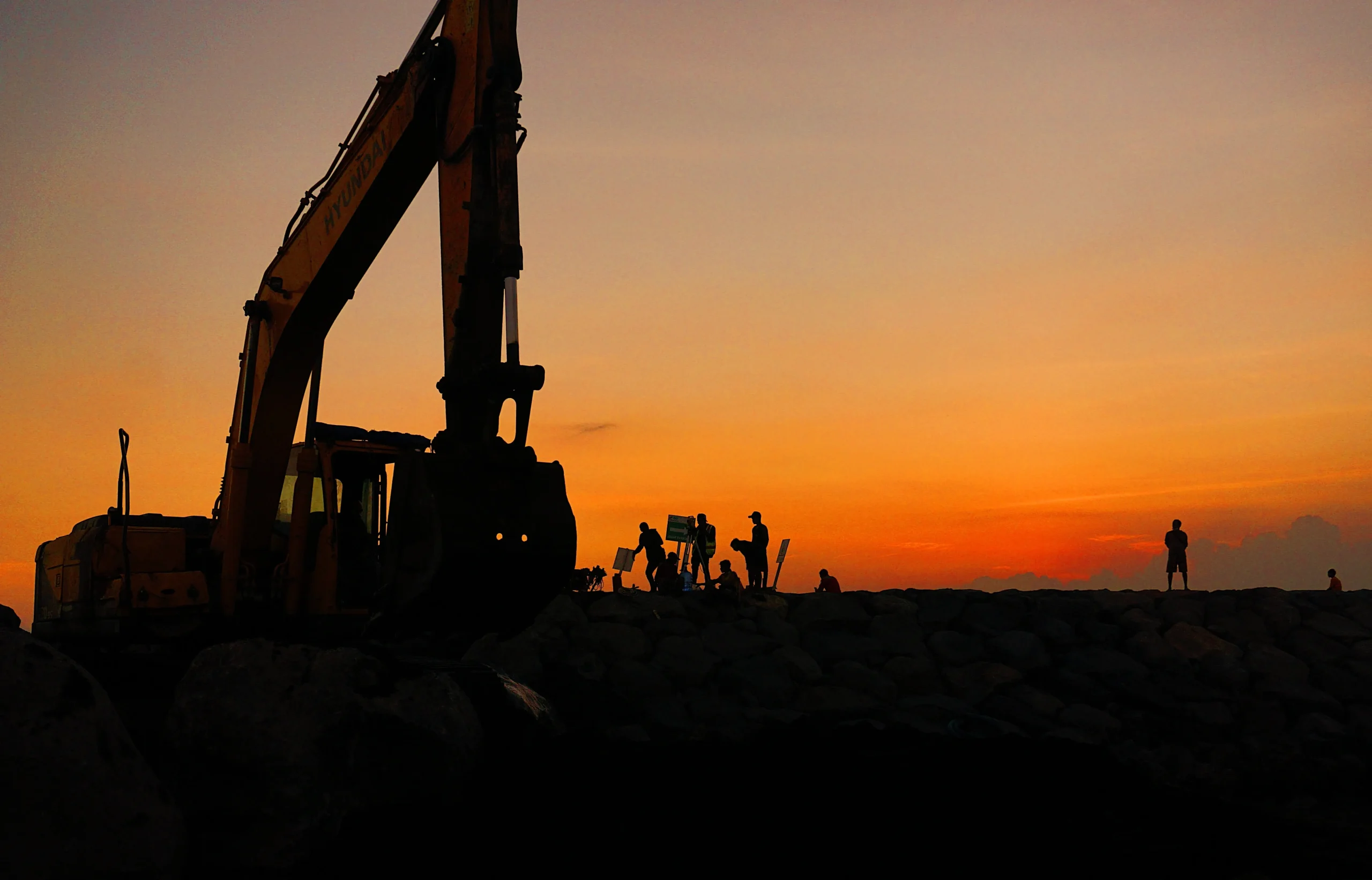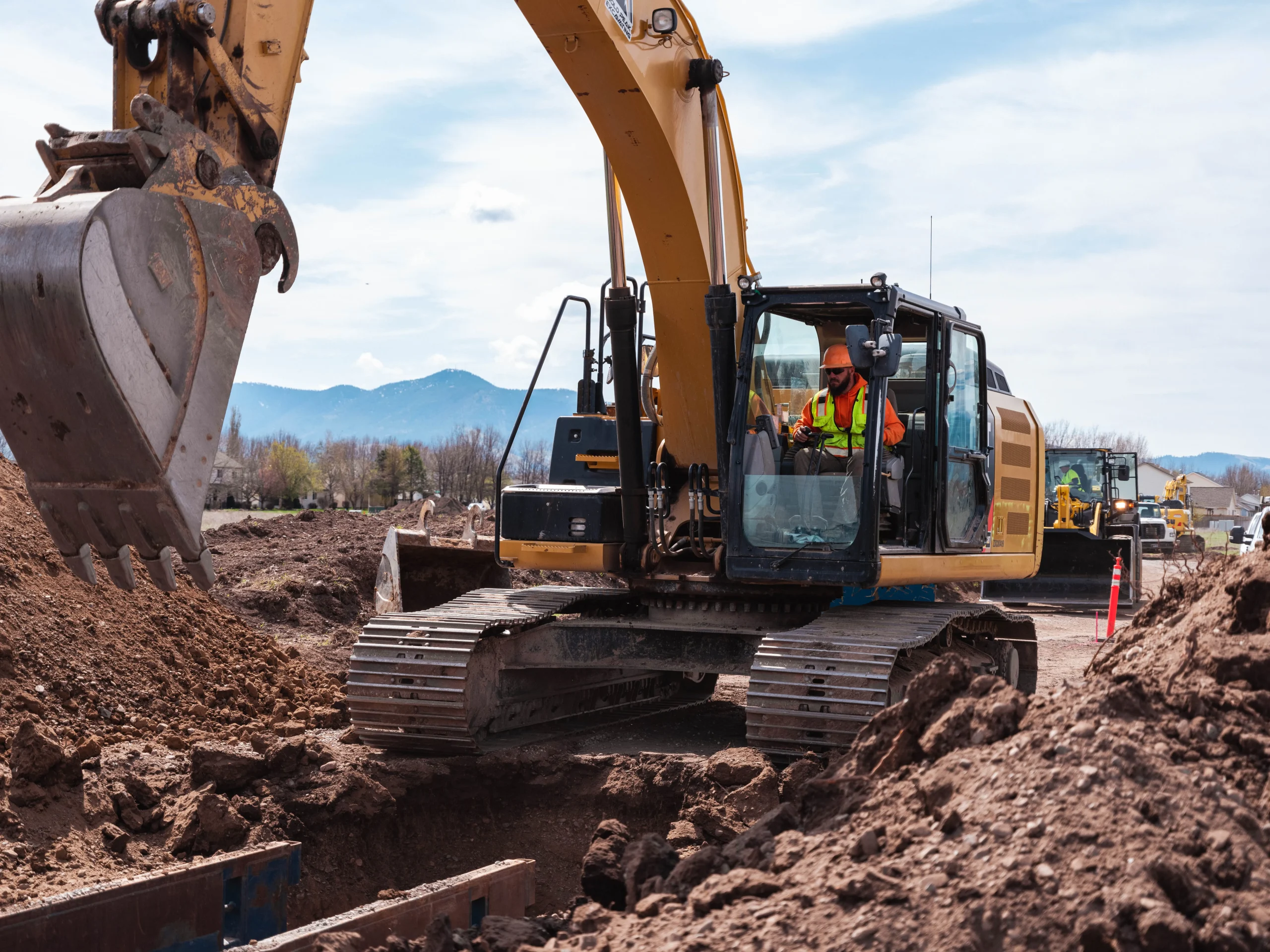With industry leaders around the world congregating at COP27 this week to tackle the climate emergency – expectations are high for the construction sector. The industry is responsible for a quarter of the UK’s greenhouse-gas emissions and although construction industry leaders have made great strides on the operational front in recent years, the Government is stepping in to provide guidance. By creating concrete plans to help slash emissions, it allows the sector to shoulder part of the risks and opportunities associated with decarbonizing the built environment.
Electrification of construction machinery
The electrification of construction machinery is making quick progress and low-emission driving, and working, is currently one of the main development goals of the construction machinery industry, with an international focus on battery-electric drives.
Last year saw a whole range of new products reaching the market, such as Volvo Construction Equipment (Volvo CE) accepting orders for its ECR25 Electric compact excavator and L25 Electric wheel loader. The first of the machines offered in 13 countries have already been delivered to end customers.
5 zero-emission machines you should know about
Manufacturers are continuing to provide the sector with zero-emission vehicles and sustainable solutions. Here are five pieces of zero-emission equipment that construction contractors should know about.
1. Hitachi ZX55U-6EB mini excavator
The Hitachi Construction Machinery (Europe) ZX55U-6EB micro excavator is a 5-tonne battery-powered machine that is the company’s first for the European market.
The machine is powered by lithium-ion batteries and may be linked to a CEE 400VAC 3-phase power source, allowing it to work while charging. A communication terminal allows owners to monitor battery charging status, machine location information, and electric system problems, which helps to lower life-cycle costs. The ZX55U-6EB also has lower noise levels, more efficiency, fewer maintenance requirements, and less downtime than standard models.
2. Junttan PMx2e battery-powered rig
collaboration with Danfoss, is claimed as a global first. The rig has a maximum pile length of 20 metres and two replaceable 396kWh battery packs. The battery pack is positioned at the rear of the rig and is said to be as powerful as normal Junttan diesel-powered rigs.
PMx2e produces zero emissions and uses less energy per pile. The equipment, which is powered by a battery pack and controlled by an Editron electric motor, is thought to emit less noise pollution than a diesel-driven rig.
3. Volvo EC230 crawler excavator
The 22-tonne EC230 is Volvo CE’s first electric zero-local-emissions crawler excavator, developed in China. The machine is powered by four 66kW lithium-ion batteries that can last up to eight hours, and it is based on the diesel-powered EC220E. It is fully compatible with a Combo2-Plug, a global standard combination DC charging solution for electric vehicles up to 500kW.
4. Wacker Neuson DT10e track dumper
With a payload of 1,000kg and a fully electrical engine, the DT10e track dumper by Wacker Neuson is said to be ideal for indoor projects. Like the EC230, its battery lasts up to eight hours when fully charged. The company say that under maximum load, the battery lasts for 3.5 hours. The machine has three electric motors, two for the engine which perform at 2kW and one for the gear pump drive system.
5. JCB 525-60E compact telehandler
The 525-60E compact telehandler from JCB is available as part of the company’s electric E-TECH range. The 2.5-tonne machine, which has been redesigned from the diesel predecessor, has a 2,500kg lifting capacity, a maximum lift height of 6m, and is said to reduce noise and environmental effect. It is outfitted with a 24kWh lithium-ion battery from Jungheinrich, which can be fully charged in eight hours using a 3kW on-board charger.
Manufacturers are under pressure
Sustainability, like in other businesses, has risen to the top of the agenda. Manufacturers are under increasing pressure from investors, regulators, customers, and even their own employees to improve their sustainability performance, specifically by lowering carbon emissions and paying more attention to product circularity.
If you’re looking to invest in electric fleet for your business, Full Metal Finance can help. We have a variety of finance solutions available, from refinancing existing machinery, to securing a fixed rate hire purchase agreement. Whatever your circumstances, we’re a full-service broker focusing on an industry surrounded by metal.
We are also accredited to offer the Government-backed business finance scheme which was launched to support the UK’s small-to-medium businesses with financial support due to the impact of COVID-19. You can borrow up to £2m which is available as a cash loan for new asset purchases or refinancing existing assets, over a 1 -6 year term.
Get in touch with one of our team today.



